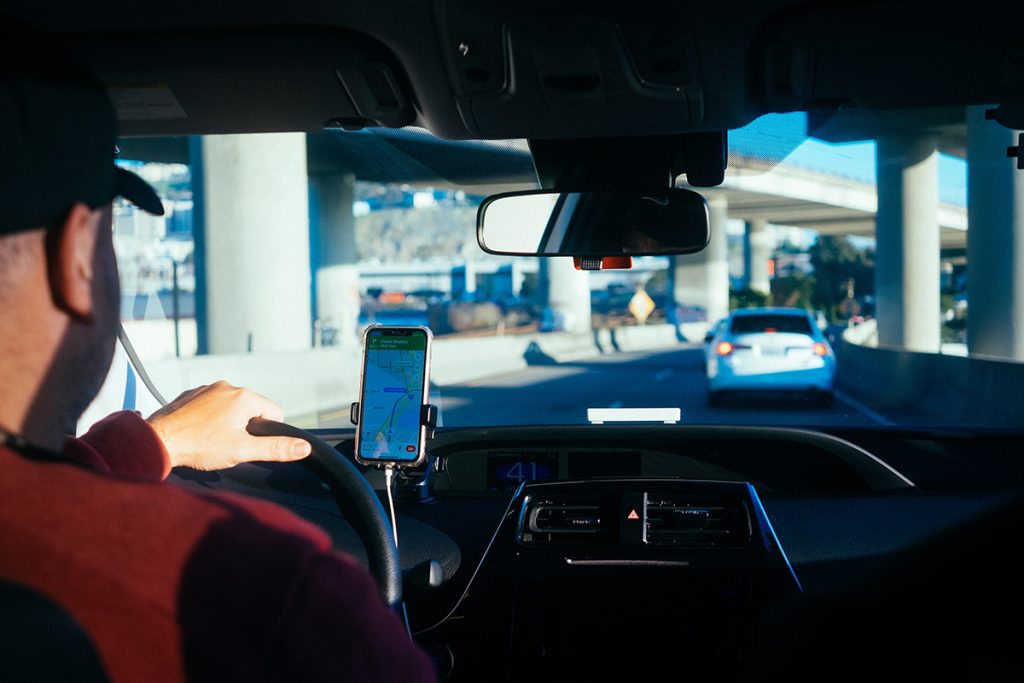
The gig economy has revolutionized the way people earn money on the side, offering flexible opportunities to boost income. Among the numerous options available, rideshare platforms like Uber and Lyft have emerged as popular choices for those seeking a lucrative side hustle. In this blog post, we’ll explore the ins and outs of driving for dollars—how you can maximize your earnings, navigate peak hours, and provide exceptional service to passengers.
1. Getting Started with Rideshare Platforms: Before hitting the road, it’s crucial to sign up as a driver on platforms like Uber and Lyft. Start by visiting their respective websites or downloading their apps from your smartphone’s app store. Once downloaded, follow the prompts to create your driver account. You’ll need to submit various documents, including your driver’s license, vehicle registration, and insurance information. Keep in mind that a background check is usually part of the process, so ensure your driving record is clean.
2. Understanding Peak Hours and Surge Pricing: Peak hours are times of high demand when you’re more likely to get ride requests. These typically coincide with rush hours, weekends, and special events. During peak hours, platforms often implement surge pricing, which increases the fare due to the increased demand. To take advantage of this, familiarize yourself with your city’s busiest times and areas. Most platforms provide maps or notifications showing where surge pricing is in effect.
3. Navigating High-Traffic Areas: To increase your chances of getting more rides, position yourself in high-traffic areas. Airports, train stations, downtown business districts, and popular entertainment venues are often busy and present good opportunities for ride requests. Use your platform’s driver app to monitor areas with high demand, and consider using navigation apps to avoid heavy traffic and road closures.
4. Providing Excellent Customer Service: Customer service is a big part of rideshare success. Ensure your car is clean and well-maintained, creating a pleasant environment for passengers. Consider offering amenities like water bottles, mints, and phone chargers to enhance the experience. Engage in friendly conversations, but be mindful of your passengers’ preferences for silence. A high rating can lead to more ride requests and better earnings.
5. Safety First: Protecting Yourself and Passengers: Safety is a top priority. Before each shift, perform a quick inspection of your vehicle—check lights, brakes, and tire pressure. Always obey traffic laws, and encourage passengers to buckle up. In case of an emergency, know the location of the nearest hospitals and police stations. If a passenger seems unruly, follow your platform’s guidelines for reporting the issue and ending the ride if necessary.
6. Managing Expenses and Tracking Earnings: Driving for rideshare platforms has costs, including fuel, maintenance, and vehicle depreciation. Keep track of these expenses for tax purposes. Consider using expense-tracking apps or spreadsheets to monitor your spending. While you can’t control gas prices, you can optimize your fuel efficiency by driving smoothly and avoiding sudden accelerations and stops.
7. Setting Earnings Goals and Staying Motivated: Set achievable earnings goals to stay motivated and focused. These goals can be daily, weekly, or monthly, depending on your availability. Use your platform’s driver app to track your progress toward these goals. Celebrate your milestones, and don’t forget that a positive attitude can lead to better interactions with passengers and a more satisfying gig economy experience.
Driving for rideshare platforms like Uber and Lyft can be a rewarding side hustle for those willing to put in the effort. By understanding peak hours, providing excellent service, prioritizing safety, and managing expenses effectively, drivers can maximize their earnings and create a more fulfilling gig economy experience. However, it’s important to note that without careful planning and time management, the flexibility that makes this gig appealing can also lead to spending more time on the road than intended. Striking a balance between your driving hours and personal time is essential to prevent burnout and maintain a healthy work-life harmony. Whether it’s helping passengers reach their destinations or meeting financial goals, driving for dollars offers a unique opportunity to make the most of the gig economy’s flexible earning potential while being mindful of your time investment.
